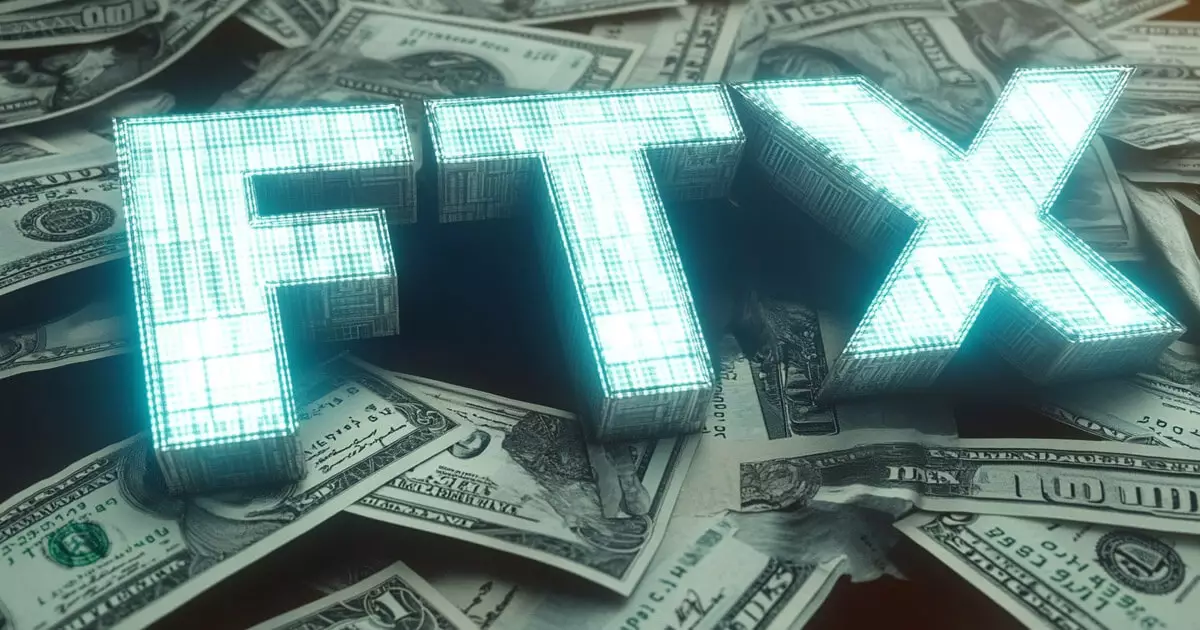The fall of FTX has indelibly marked the cryptocurrency landscape, leaving a wake of financial ruin and legal chaos. As the platform, once heralded as a titan within the digital asset realm, entered bankruptcy in late 2022, its subsequent unraveling has raised questions not just about the platform itself but about the broader implications for trust and governance in cryptocurrency. Now, with the Joint Official Liquidators (JOLs) at the helm, FTX is poised to distribute funds to a segment of its creditors—a move seen as a significant yet complex milestone in a labyrinthine bankruptcy process that has many stakeholders watching closely.
On February 18, 2024, small creditors, assigned to what is termed the “Convenience Class,” will receive reparations totaling the full amount of their approved claims—each claim cap set at $50,000. This development has been welcomed as a long-awaited relief for many individuals who lost access to their funds during the rapid and turbulent collapse of FTX. These reimbursements will also include a notable post-petition interest rate of 9% annually, a feature designed to offset the financial distress that many claimants have endured since the debacle. However, distribution mechanics include requirements for claimants to confirm their BitGo account details via the FTX Digital Claim Portal, underlining the operational complexities involved in this distribution.
While this distribution offers solace to smaller creditors, it leaves an unresolved labyrinth for larger investors whose financial stakes in FTX were significantly higher. This demographic includes institutional investors and venture capital firms, each awaiting clarity on their claims through a winding legal landscape rife with complications. The current management team, led by the astute restructuring specialist John J. Ray III, has prioritized asset recovery, focusing on the actions of former executives and third parties that might have played a role in FTX’s mismanagement.
Amid the looming uncertainty of larger claims, the broader bankruptcy proceedings remain crucial for the liquidation strategy adopted by FTX. Executives and officials are actively engaged in lawsuits aimed at recouping misallocated funds, particularly those funneled into risky investments or dubious political donations. This complexity further complicates the timeline for larger creditors, who may find themselves waiting significantly longer compared to their smaller counterparts.
FTX’s dramatic rise and fall offers a rich case study into the life cycle of cryptocurrency platforms and the potential pitfalls inherent in the industry. Once valued at an astonishing $32 billion, the exchange’s demise was precipitated by substantial mismanagement, particularly concerning the intermingling of customer funds with those of Alameda Research, a trading firm closely linked to FTX. The fallout, characterized by a torrent of withdrawal requests that FTX could not satisfy, forced the exchange into an emergency halt of withdrawals and subsequent bankruptcy filing.
This incident has catalyzed a broader reconsideration of regulatory practices within the cryptocurrency space. The fallout has reverberated widely, inciting regulatory scrutiny and prompting calls for more stringent oversight of digital asset exchanges, aimed at preventing similar financial catastrophes in the future.
The federal court has not remained silent either, with significant legal actions leading to the conviction of key figures associated with FTX. Founder Sam Bankman-Fried faces severe consequences following a conviction on multiple charges related to fraud and conspiracy, highlighting the severity of misconduct and the implications for all involved. Other notable figures have also been ensnared in this web of accountability; some have chosen to cooperate with authorities, further unmasking the extent of wrongdoing that occurred at FTX.
As FTX charts its pathway forward amidst the wreckage of its prior operations, one cannot overlook the numerous challenges still confronting the exchange. The unfolding repayment to small creditors may signal a commitment to restitution, yet larger claims remain mired in intricate legal struggles, with broader implications for the industry’s future. Only as the dust settles will stakeholders understand the full-scale impact of FTX’s bankruptcy on the evolving narrative of cryptocurrency governance and trust.



















Leave a Reply